Cats are often seen as independent creatures that thrive on their own, with little need for attention or social interaction. However, this stereotype doesn’t hold true for every feline. Just as with humans, different cat breeds can have different needs and personalities; some breeds are known to be more anxiety-prone. Understanding these breeds and their particular desires for a calm environment, affection, and consistent care is crucial to ensure they lead happy, healthy lives.
Before diving into specific breeds, it is essential to understand what causes anxiety in cats. Common triggers include changes in their environment, such as moving to a new home, the introduction of a new pet or family member, loud noises, or simply a lack of mental and physical stimulation. Some breeds are genetically predisposed to higher anxiety levels due to their sensitive nature.
Cats prone to anxiety require extra love and support from their owners. This involves providing them with a stable environment, consistent routines, and plenty of interactive playtime to keep them occupied. Regular veterinary visits are also vital to ensure they remain healthy, especially as stress can weaken their immune system or lead to behavioral issues.
Below are 13 cat breeds known for their propensity toward anxiety and how best to support them in a loving home.
Siamese

Siamese cats are highly social and intelligent, thriving on interaction with their human companions. They are vocal and can become anxious or depressed if left alone for long periods. Ensuring they have ample social engagement and stimulation is key to keeping them content.
Burmese
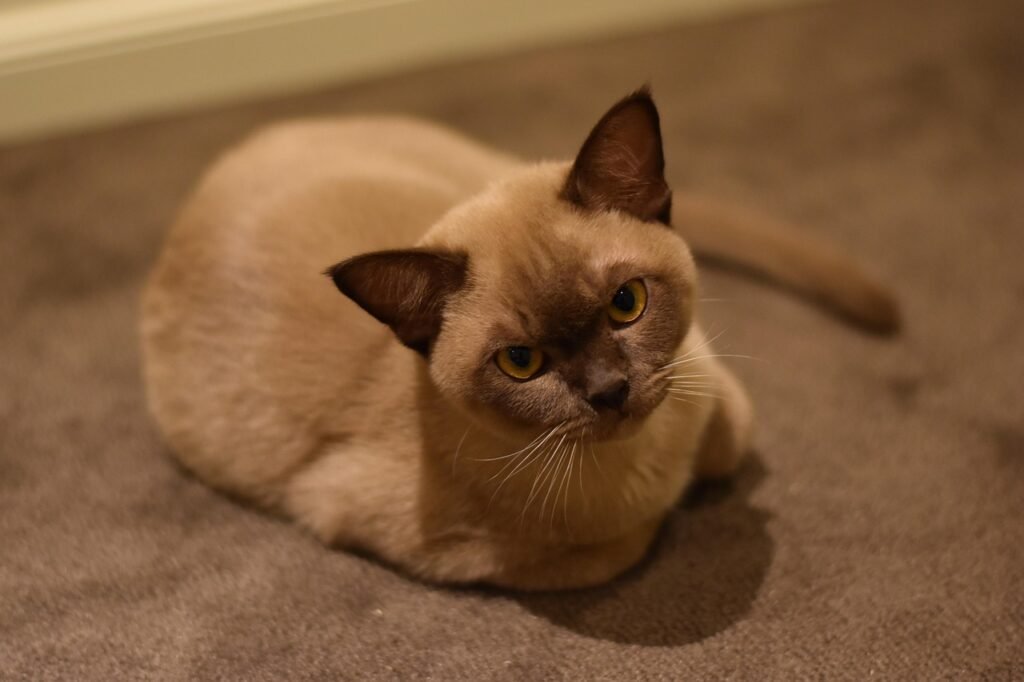
Known for their affectionate and playful nature, Burmese cats crave attention and can become anxious if they feel neglected. They thrive in active households where they receive regular playtime and companionship.
Oriental Shorthair
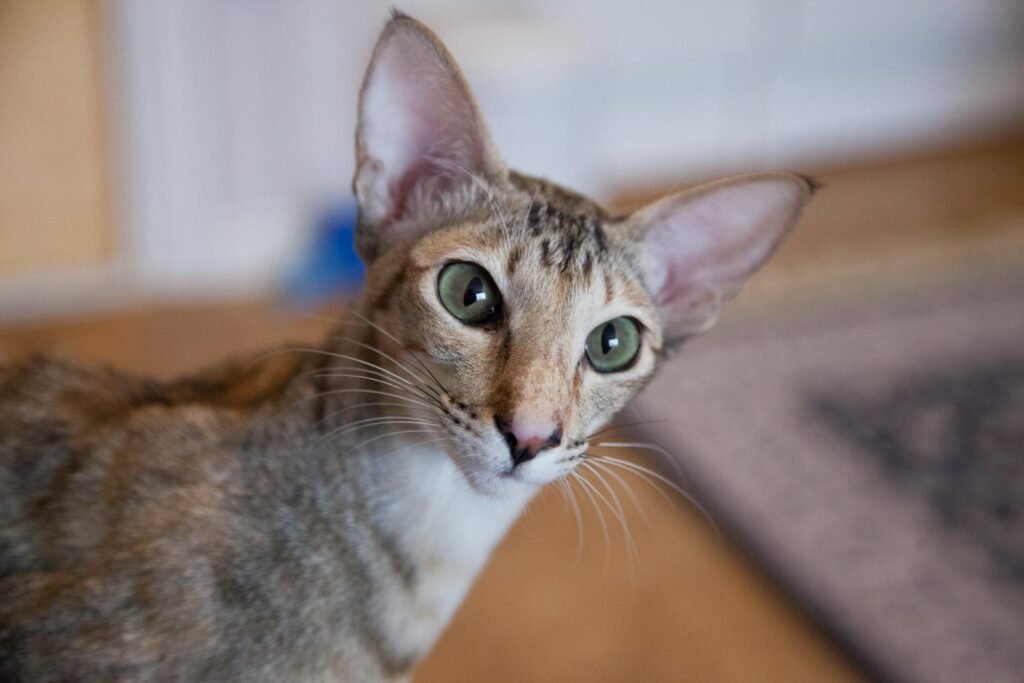
Much like their Siamese relatives, Oriental Shorthairs have a lively and inquisitive nature. They can become stressed if their need for interaction and exploration isn’t met. Providing them with lots of toys and engaging activities can help alleviate their anxiety.
Tonkinese
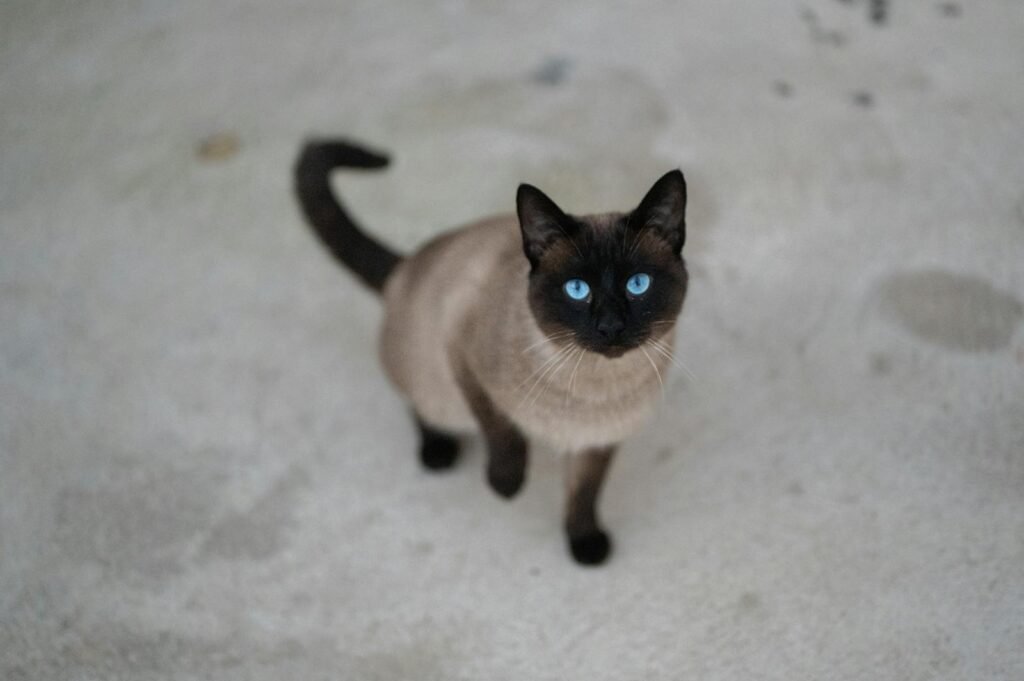
Tonkinese cats are friendly, social, and thrive on human interaction. They can become bored and anxious without enough enrichment, making playtime and socialization essential components of their care.
Bengal

Bengals are known for their energetic and playful behavior. These athletic cats can become anxious if they’re cooped up without ample opportunity to expend their energy. Regular exercise and interactive play are key to keeping them relaxed.
Russian Blue

While Russian Blues are generally quiet and reserved, they can be sensitive to change. They prefer stable, predictable environments and require gentle handling and patience from their owners to feel secure.
Burmilla
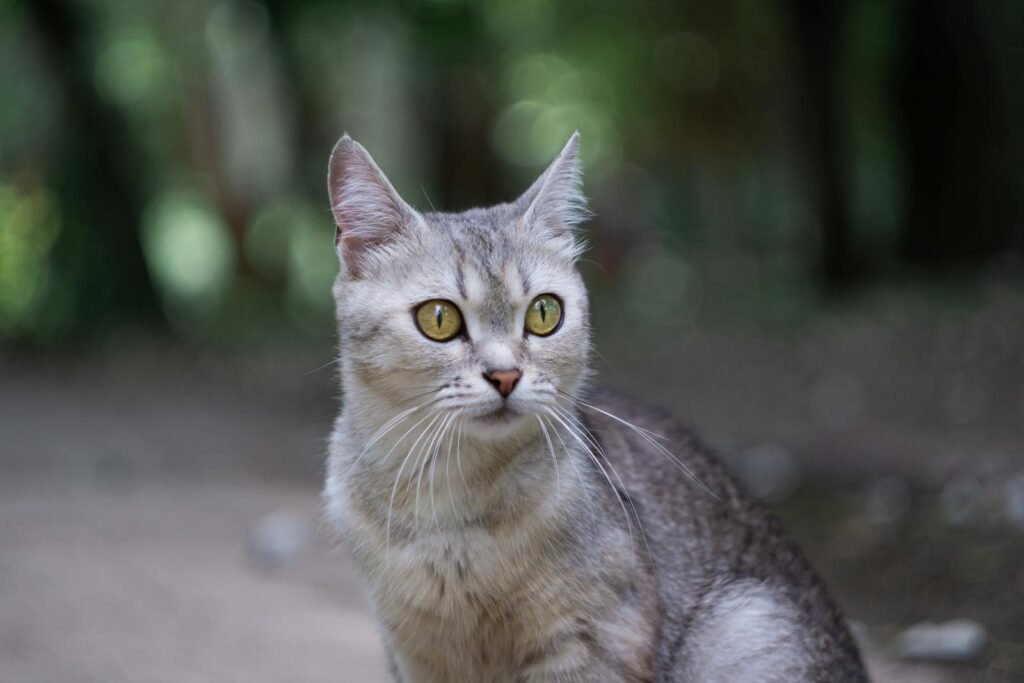
A cross between the Burmese and the Chinchilla Persian, Burmillas are gentle and affectionate. They can be prone to separation anxiety if left alone too often, so a consistent routine and plenty of cuddle time are essential.
Scottish Fold

Scottish Folds, known for their distinctive folded ears, are also noted for their friendly and gentle disposition. They can experience anxiety in chaotic or loud environments, and benefit greatly from calm and quiet surroundings.
Persian

Persian cats are known for their sweet and laid-back nature but can become stressed by a lack of attention or disruption to their usual environment. Regular grooming sessions not only prevent matting but also provide them with comforting social interaction.
Selkirk Rex
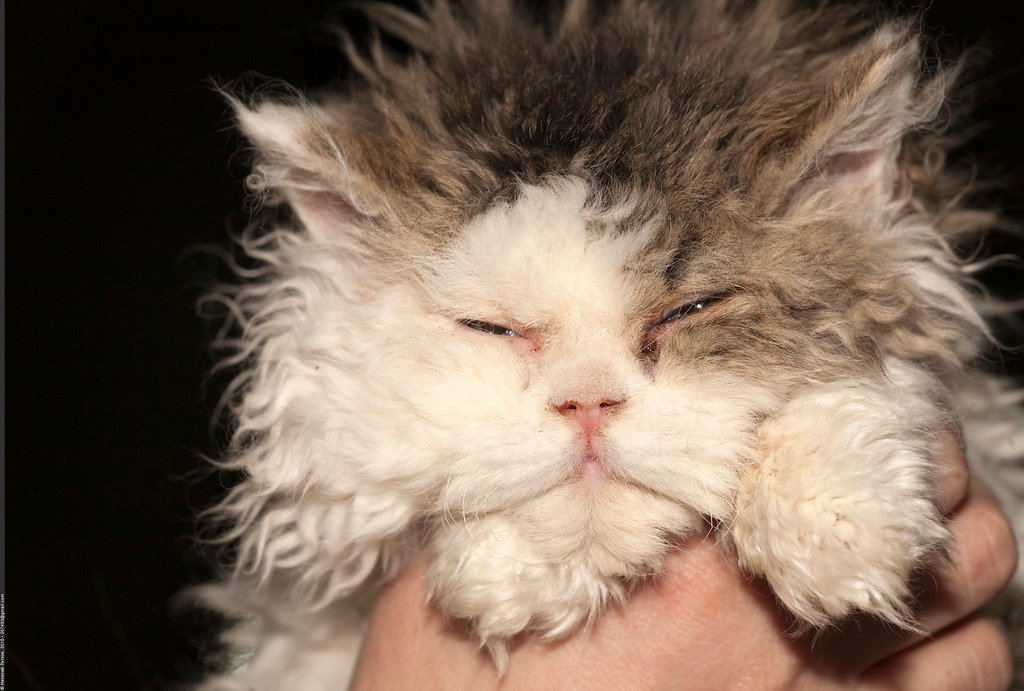
The Selkirk Rex, with its unique curly fur, tends to form strong bonds with their human families. They can become anxious when left alone frequently, so they fare best in homes where someone is usually around.
Himalayan
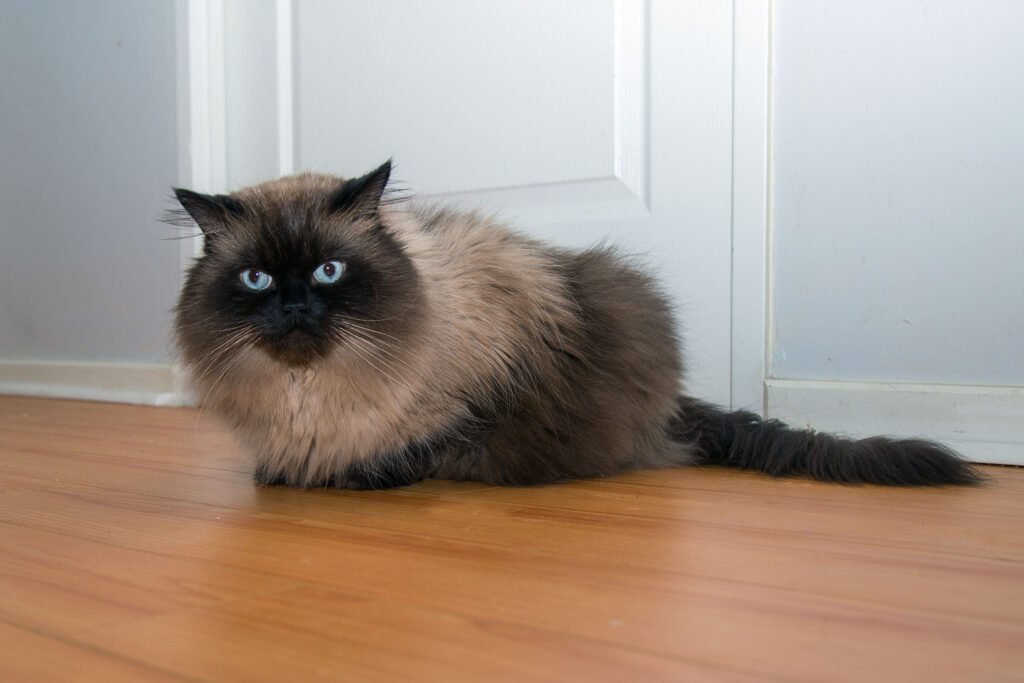
Himalayans are a cross between Siamese and Persian cats, inheriting a love for social interaction. Changes in their environment or routine can lead to stress, so maintaining consistency is critical for their peace of mind.
Ragdoll
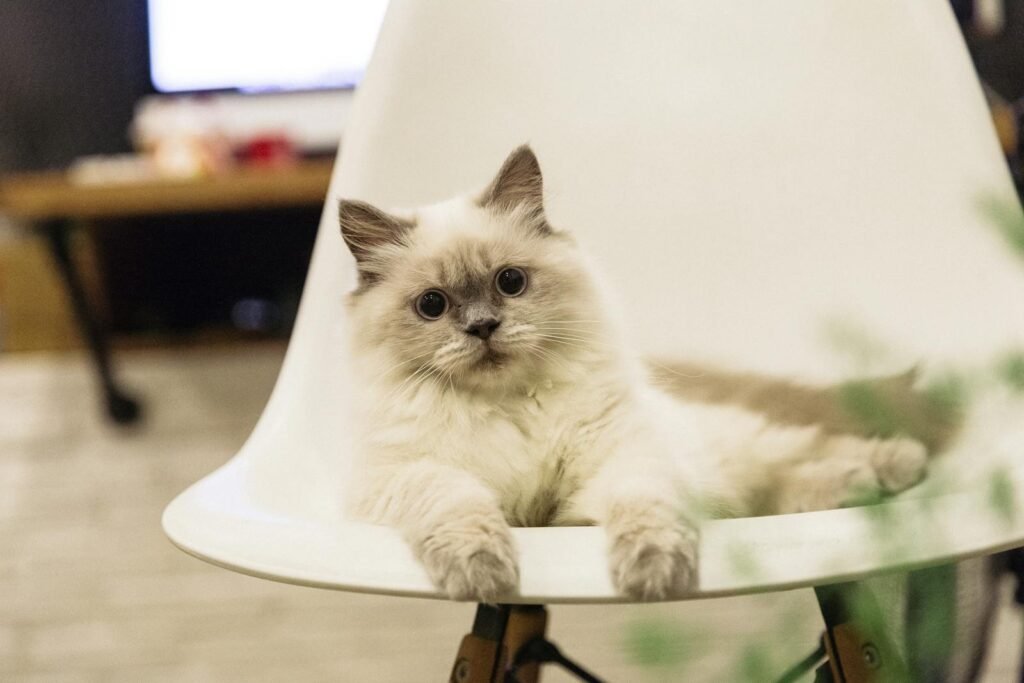
Despite their relaxed exterior, Ragdolls are sensitive creatures prone to anxiety if ignored or left without stimulation. They generally thrive in calm households where they receive abundant affection and attention.
British Shorthair

British Shorthairs are not typically anxious by nature, but their reserved disposition means they don’t cope well with dramatic changes in their surroundings. Consistency and gentle handling help to reassure these cats and keep them content.
Understanding and addressing the unique needs of anxiety-prone cat breeds is fundamental to providing them with a fulfilling life. Creating a stable, engaging, and loving environment allows these sensitive cats to thrive and feel safe. With patience and attentiveness, owners can ensure their feline friends lead a stress-free and joyful existence, forming rewarding and lasting bonds.

Linnea is a born and bred Swede but spends as much time as possible in Cape Town, South Africa. This is mainly due to Cape Town’s extraordinary scenery, wildlife, and atmosphere (in other words, because Cape Town is heaven on earth.) That being said, Sweden’s majestic forests forever hold a special place in her heart. Linnea spends as much time as she can close to the ocean collecting sea shells or in the park admiring puppies.






